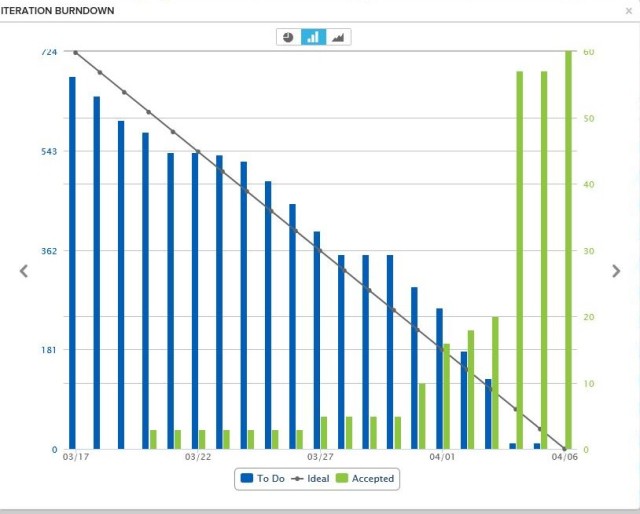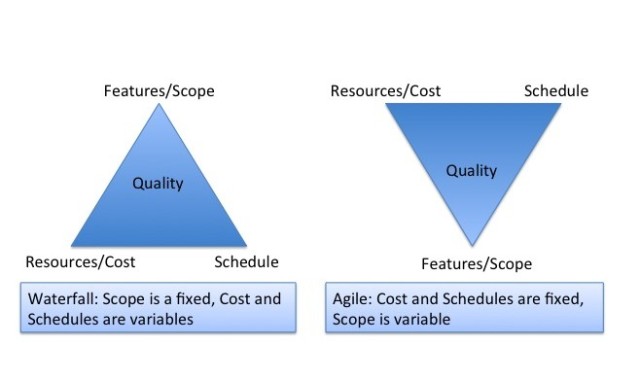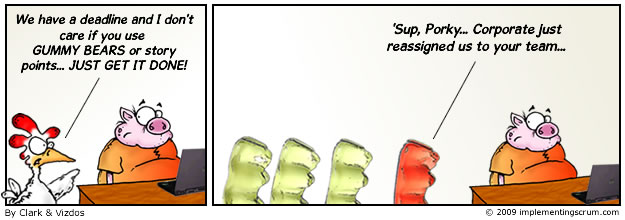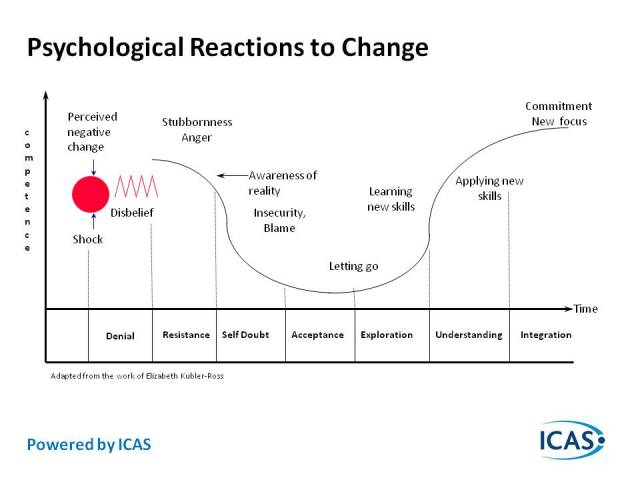Note: This post was originally published on January 15. 2014, on AgileAtlas.org, a site of Scrum Alliance. This site is now defunct. Re-posting the article here.
Update: Sept 2018 – The agile atlas article can now be found on the Scrum Alliance site at this link: Backlog Refinement Meeting
Authors: Aashish Vaidya & Dorothy Murray
In Agile development, we engage in adaptive planning based on two of the 12 Agile Manifesto principles of “Welcome changing requirements, even late in development”; and “Regular adaptation to changing circumstance”.
Product Backlog Refinement is a core adaptive planning activity in Scrum. Agile Planning is an ongoing activity throughout the project, not just one-time upfront activity done at the start of the project. It is generally assumed that most team will have a Product Backlog that is not well defined, large and not finely grained. The Product Backlog also doesn’t remain static, as new ideas flow in, as existing product needs are refined, new discoveries are made, and as priorities and business need change throughout the project timeframe.
Inadequately refined Product Backlog can result into many team issues such as:
- Performing refinement during Sprint Planning leads to long, contentious meeting that blows past meeting time-box.
- Sprinting on stories with great deal of ambiguity leads to unfinished stories and results into volatile team velocity
- Work is done on stories that have lesser business value, or are of lower priority
- Delivery of user stories fails to meet desired functionality or fulfill stakeholder needs
- Change of scope or priority during in-progress Sprint
Constant and incremental Backlog Refinement becomes a highly desired activity that a team must master to become more productive. For newer and maturing Scrum teams, one effective way of perform Backlog Refinement is to conduct regular Product Backlog Refinement meetings outside of the Sprint Planning meeting. Many Agilists recommend spending up to 5-10% of team’s time in planning future Sprints and Releases. Over time, the need for formal meetings recedes as the team matures and is able to refine its backlog constantly and incrementally.
Generally, teams whose Sprint durations are from 2-4 weeks can benefit from conducting weekly meetings during non-Sprint Planning week(s). For teams with 1-week Sprint duration, it may be more efficient to conduct refinement during Sprint Planning meeting itself.
The attendees to these meetings are those from the Development Team, but other subject matter experts, whose input is required or desired, should be invited as well. Here are some additional pointers to consider in organizing Backlog Refinement Meetings:
- ScrumMaster, in consultation with the Product Owner, organizes and facilitates the Refinement Meeting during non-Sprint Planning weeks. We recommend the Refinement Meeting should be 1-2 hours per session.
- Teams that don’t regularly refine their Backlogs should consider additional meeting time and higher meeting frequency.
- Product Owner brings an ordered list of prospective stories for an upcoming Sprint. Team reviews the list of stories, asks the product owner clarifying questions, refines the stories, acceptance criteria, and estimates un-estimated stories. The goal is to have an ordered list of stories that are examined with the INVEST criteria and can be set to Ready to be worked on during the upcoming Sprint.
Outside of the regularly scheduled weekly Refinement meetings, a Team may also decide to have special, extended sessions to plan for subsequent Release or for some other type of mid planning horizon that extends beyond a single Sprint. The rationale here is that it allows the Team and the Product Owner to refine a larger portion of their Product Backlog, and set up a workable Release roadmap.
A team can spend their time engaged in these activities:
- Revising larger or coarsely defined stories into finer grain, well-defined stories for subsequent Sprints. Consider merging other Product items together for better delivery preparation.
- The Product Owner and the team engage in pruning and removing Backlog items that are no longer needed.
- The Product Owner and the team add items that are newly identified and refine them and determine whether those are needed during upcoming Sprint or can be road-mapped into future Sprints.
The Scrum Core framework only asks that Backlog Refinement activity takes place. But engaging in planned refinement meetings between Sprint and Release Planning sessions is one practical way for agile teams to achieve adaptive planning, and deliver on Sprint and Release objectives.














